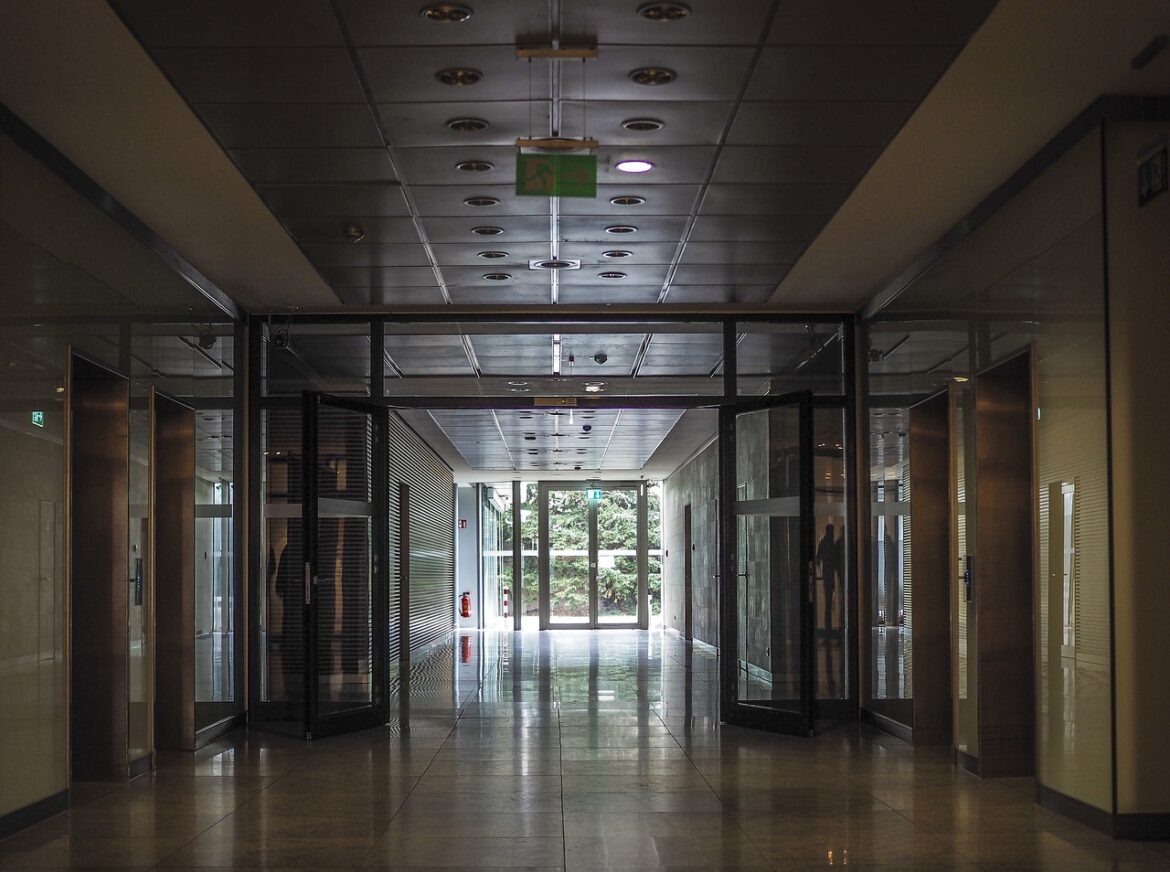In today’s fast-paced work environment, effective communication is more crucial than ever. Here are some of the latest trends that are transforming the way we interact and collaborate in the workplace:
Hybrid Work: The New Norm
Hybrid work models, which combine in-office and remote work, are becoming increasingly popular. This shift allows employees to enjoy the benefits of both worlds—flexibility and face-to-face interaction. For organizations, it means balancing employee preferences with operational needs by implementing tailored policies that define roles requiring in-person presence and those that can be done remotely.[br]
Augmented Reality (AR) and Virtual Reality (VR): Enhancing Collaboration
AR and VR technologies are revolutionizing how teams collaborate. Through immersive experiences, these technologies enable lifelike interactions, which are particularly useful for hands-on training and problem-solving. Global teams can now brainstorm in virtual spaces, while field technicians can receive step-by-step AR instructions overlaid onto real-world tasks.[br]
Remote Access and Support: Seamless Connectivity
With more people working remotely, robust remote access and support solutions are essential. These tools ensure seamless connectivity to devices and systems from anywhere, maintaining productivity and cybersecurity. Features like real-time monitoring and secure connections empower teams to work efficiently while ensuring technical support is readily available.[br]
Repurposing Vacant Offices: A New Lease on Life
The rise of hybrid work has left many offices vacant. Rather than investing in costly renovations, developers are repurposing these spaces into housing units and life sciences labs. This shift not only tackles housing shortages but also supports growing sectors like biotech.[br>
Personalization and Technology: Enhancing Customer Experience
In the title industry, AI-driven customer support is becoming more prevalent. Chatbots and virtual assistants handle routine queries, allowing professionals to focus on complex client needs. This trend emphasizes personalization and transparency, enhancing the overall customer experience in real estate transactions.
These trends highlight the evolving landscape of workplace communication, where technology and flexibility play pivotal roles in fostering collaboration and efficiency. By embracing these changes, businesses can stay ahead in the competitive market and ensure continued growth and success.
References:
- https://www.splashtop.com/blog/remote-work-trends-2025
- https://skylinetitlesupport.com/blog/whats-next-for-the-title-industry-key-trends-for-2025
- https://propmodo.com/talking-buildings-why-commercial-real-estate-needs-conversational-interfaces/
- https://workplaceinsight.net/growing-demand-for-homes-and-lab-space-may-be-met-by-repurposing-vacant-offices/
- https://hbkcpa.com/insights/the-hybrid-workplace-playbook/
- https://www.comnetwork.org/jobs
- https://www.cloudhire.ai/benefits-of-flexible-work-a-complete-guide-for-employers-2025/
- https://support.zoom.com/hc/en/article?id=zm_kb&sysparm_article=KB0061222



